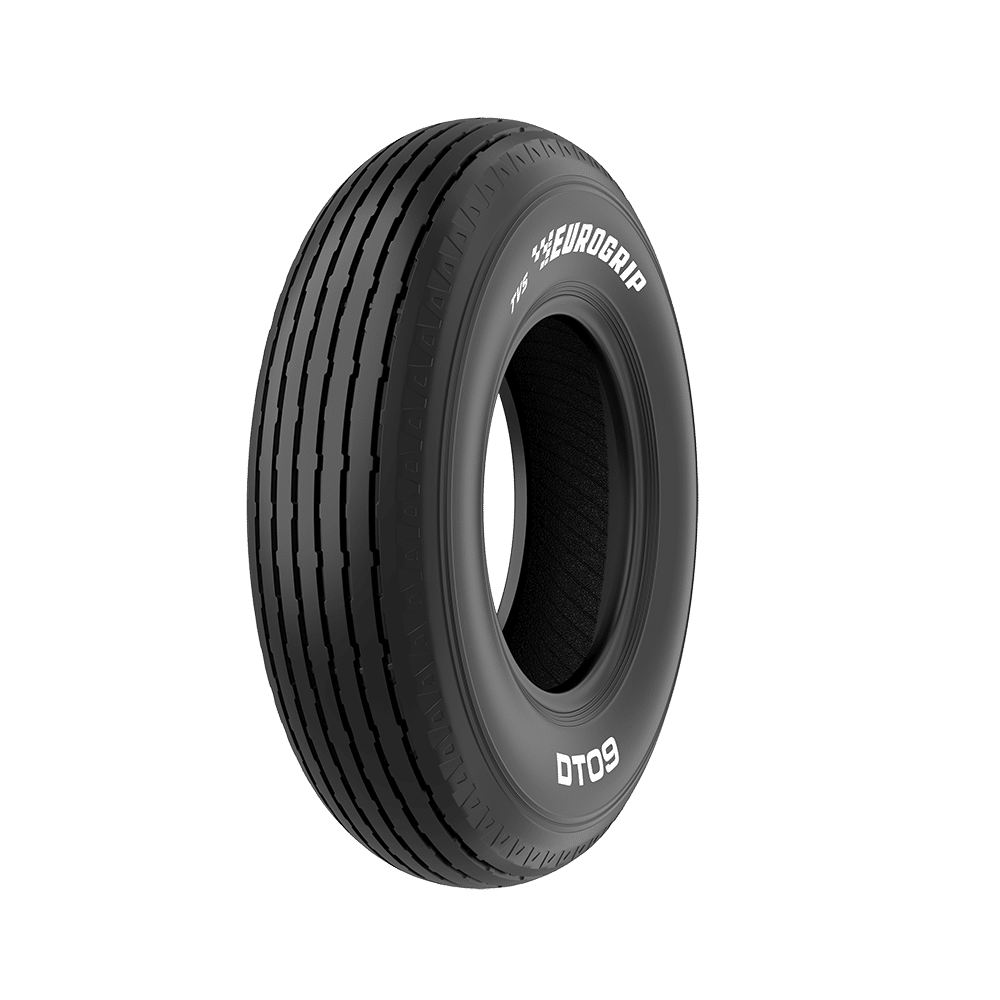agriculture, transporting goods, equipment and harvested crops safely and efficiently depends heavily on having the right tyres. This Agricultural Transport Tyre guide walks you through what kinds of tyres are best for trailers, wagons, tankers and machines used for farm transport, how they differ, what features matter most, and how to choose and maintain them to get the best performance.
What Are Agricultural Transport Tyres?
Agricultural transport tyres are designed for vehicles that move loads rather than for primary field tillage or traction work. They include tyres on trailers, grain carts, silage wagons, manure spreaders, and slurry tankers. These tyres must cope with mixed duties: travel on both fields (which may be soft, wet or uneven) and roads (hard surfaces, speed). As such, they often balance durability, load capacity, soil friendliness and road behaviour.
Types & Constructions
Flotation Tyres: These are wide tyres designed to distribute weight over a larger area so that the soil doesn’t get compacted. They reduce damage to crops and preserve soil structure.
Radial vs Bias Tyres: Radial transport tyres have more flexible sidewalls, giving better ride comfort and often better longevity when driving on roads. Bias tyres are tougher in sidewalls and more resistant to damage in rough field use.
Tread Patterns:
Block-on-lug patterns provide traction in soft ground and self-cleaning in muddy conditions.
Non-directional block-and-lug treads are versatile for mixed surfaces.
Diamond-shaped blocks offer a compromise between grip and preserving soil and surfaces.
Low Pressure Designs: Used to further reduce ground pressure when carrying heavy loads, especially in soft or delicate fields where compaction must be minimized.
Key Considerations When Selecting
Load Capacity — Ensure the tyre can safely bear the load of your trailer or implement plus its contents. Heavy loads need tyres rated for the weight plus a safety margin.
Speed Rating & Field vs Road Use — If you travel at higher speeds on roads, radial tyres with appropriate rating are better. Field speeds are slower but may require more robust, damage-resistant tyres.
Soil Type & Terrain — Soft, wet soils need flotation or wider tyres; firm or mixed terrain may allow narrower or more treaded tyres. Steep or sloped ground also has special demands.
Tread Design Importance — The more aggressive the tread, the better grip in mud or soft fields; flatter or smoother tread helps on roads and reduces wear.
Durability & Sidewall Strength — Transport tyres should resist cuts, punctures, and damage from debris, particularly on roads. Reinforcements help.
Tip Maintenance & Best Practices
Maintain correct tyre inflation pressure according to load and speed. Over- or under-inflated tyres reduce life and increase risk.
Clean debris and mud out of tread blocks to keep self-cleaning treads working properly.
Inspect tyres regularly for wear, damage, and cracks. Replace when tread depth or structural integrity is compromised.
Match tyres across axles: avoid mixing types or treads that have very different behaviours, which can lead to instability or increased wear.
When possible, use flotation tyres or lower pressure in field transport to minimize soil compaction and protect crop health.
Why Follow This Guide?
This Agricultural Transport Tyre guide ensures you choose tyres that give you the right balance of soil health, durability, load-carrying capacity, and road-duty performance. Correct tyre selection and maintenance means fewer failures, longer operation, less crop damage, lower fuel costs, and better efficiency in your farm transport operations.
Also visit: https://differ.blog/p/the-complete-agricultural-transport-tyre-guide-871587




Write a comment ...